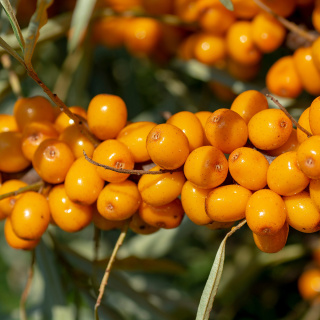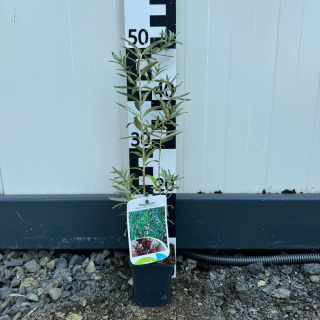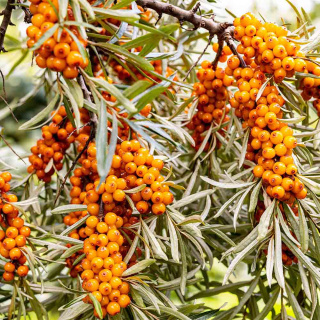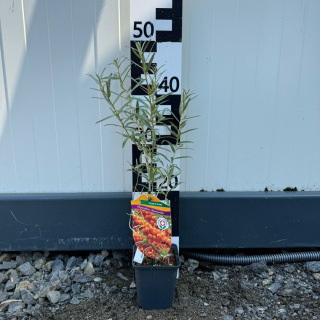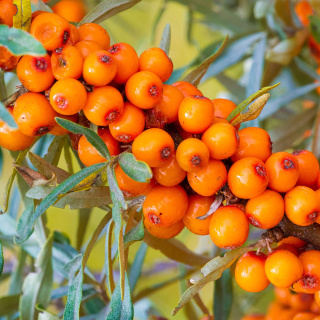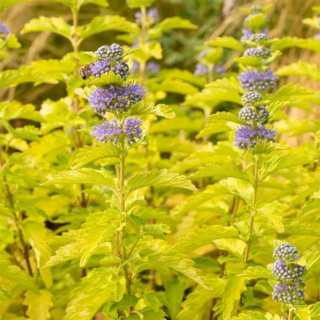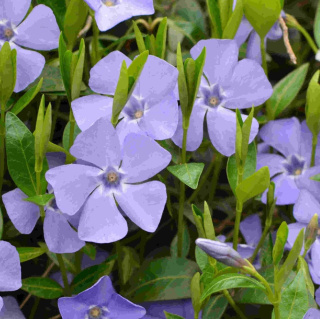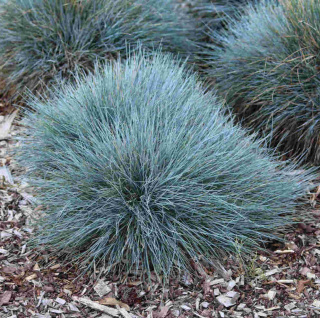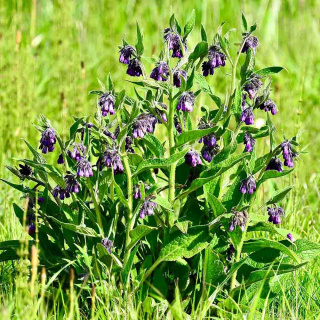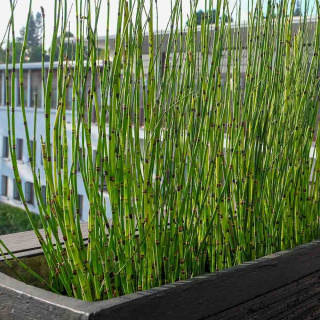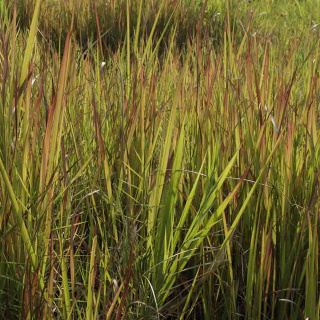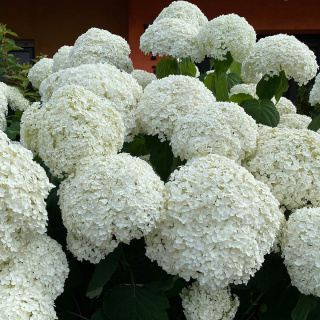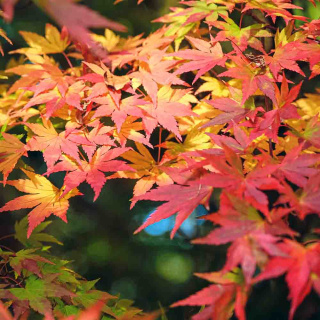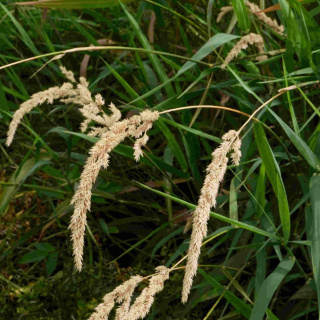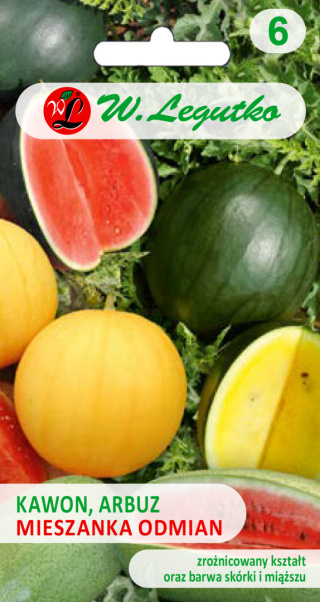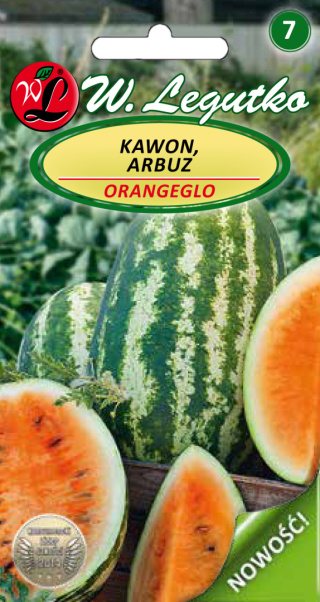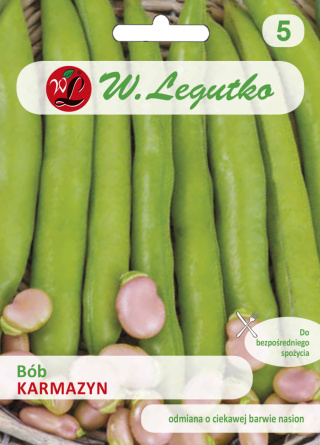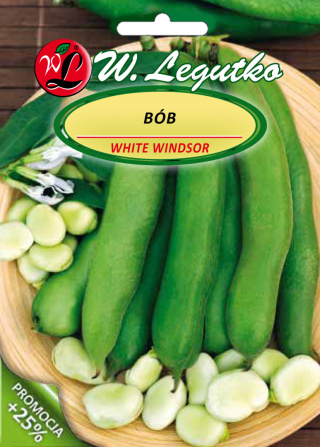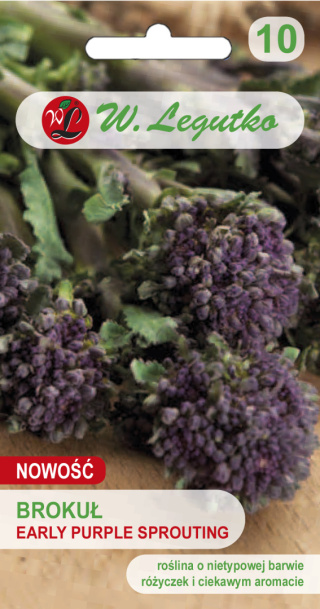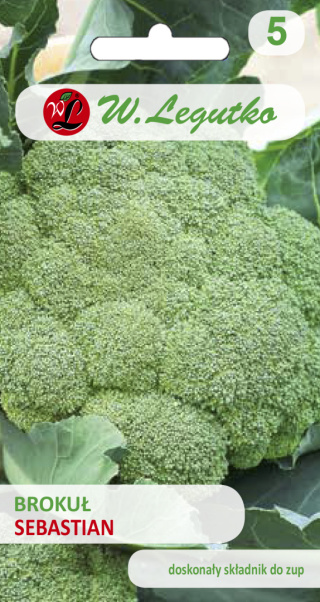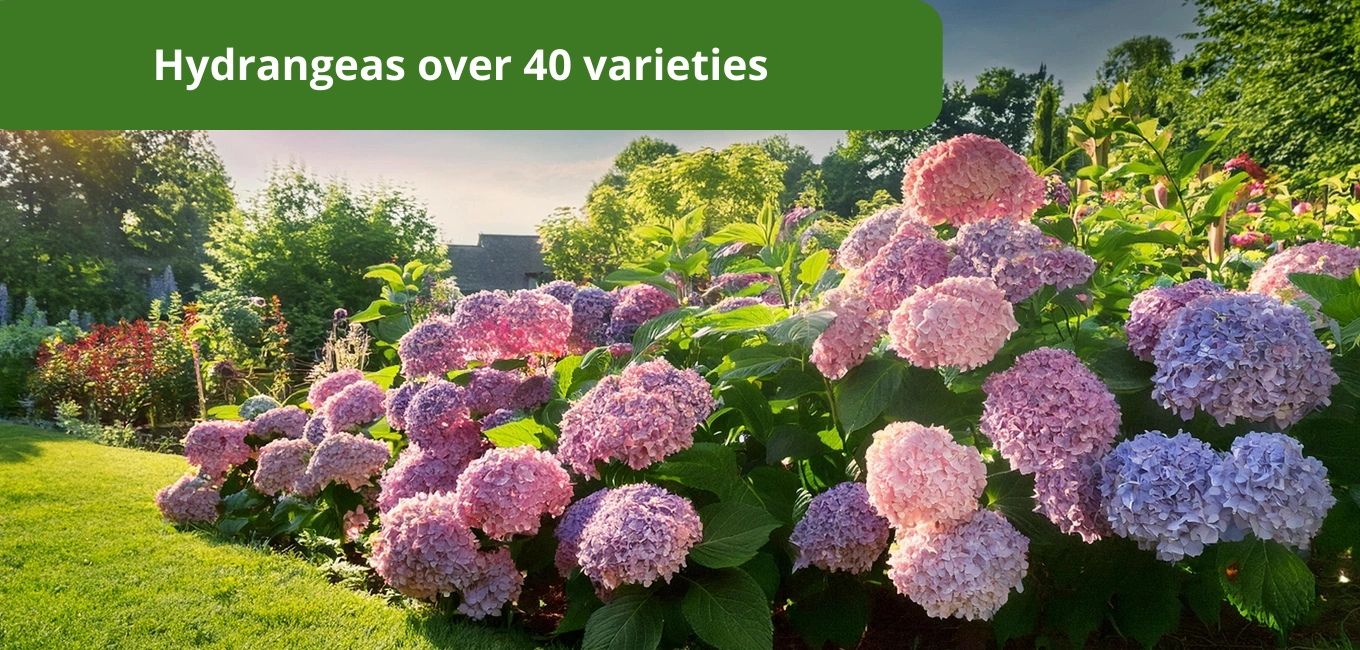Sea buckthorn
Number of products : 3Sea buckthorn is a unique fruit shrub, valued for its decorative silvery leaves and orange fruits rich in vitamins. Ideal for home gardens, it offers bountiful yields and is easy to grow.
| Shipping within : | 48 hours |
| This product is currently not available |
| This product is currently not available |
Sea buckthorn (Hippophae rhamnoides) is a perennial shrub or small tree that is gaining popularity due to its many health and ornamental properties. It is native to Europe and Asia, and its fruits are extremely rich in vitamins, especially C and E, and antioxidants.
Characteristics:
-
Cut: A shrub or small tree that reaches a height of 2 to 6 meters, with a spreading crown.
-
List: Narrow, lanceolate, silvery-green, adding attractiveness to the plant throughout the growing season.
-
Flowers: Small, yellowish, appearing in early spring before leaf development.
-
Fruit: Small, spherical or ellipsoidal, intensely orange berries, ripening from August to October. They are sour in taste, but extremely rich in vitamins and minerals.
Cultivation requirements:
-
Position: Solar; Sea buckthorn grows and bears fruit best in full sun.
-
Soil: It prefers light, sandy, well-drained soils with neutral to alkaline pH. It is a plant tolerant to poor substrates and salinity.
-
Humidity: Sea buckthorn is drought tolerant, but young plants need regular watering in the initial period of growth.
Care:
-
Planting: It is best to plant in spring or autumn, with a spacing of 1.5–2 meters between plants. It is worth remembering that sea buckthorn is a dioecious plant, which means that it is necessary to plant both male and female specimens to obtain fruit.
-
Trimming: Shaping and rejuvenating pruning is recommended to be carried out in early spring, before the start of vegetation. Old, diseased and damaged shoots are then removed.
-
Fertilization: Sea buckthorn has the ability to fix nitrogen from the air thanks to symbiosis with nodule bacteria, so it does not require intensive nitrogen fertilization. However, phosphorus-potassium fertilizers can be used to promote fruiting.
Garden Use:
-
Fruit: Perfect for preserves – juices, jams, tinctures and as an addition to teas. Thanks to the high content of vitamin C, sea buckthorn fruits support the body's immunity.
-
Garden decoration: Decorative silvery leaves and intense orange fruits make sea buckthorn an attractive element in garden compositions.
-
Hedges: Thanks to its dense habit and ability to form root suckers, sea buckthorn is suitable for natural hedges and screens, providing privacy and aesthetics.
-
Soil stabilization: Thanks to its extensive root system, it works well in areas prone to erosion, stabilizing the soil.
-
New arrivals
-
Promotions

